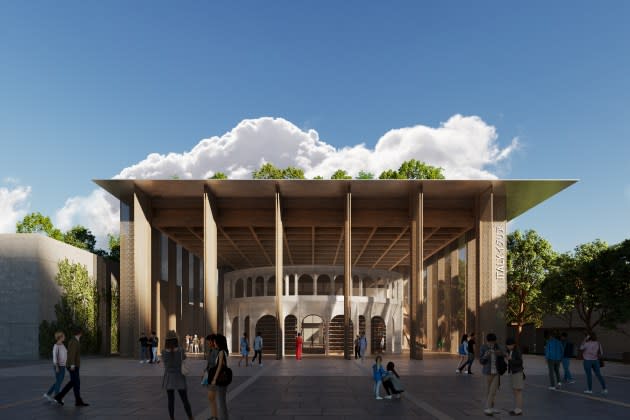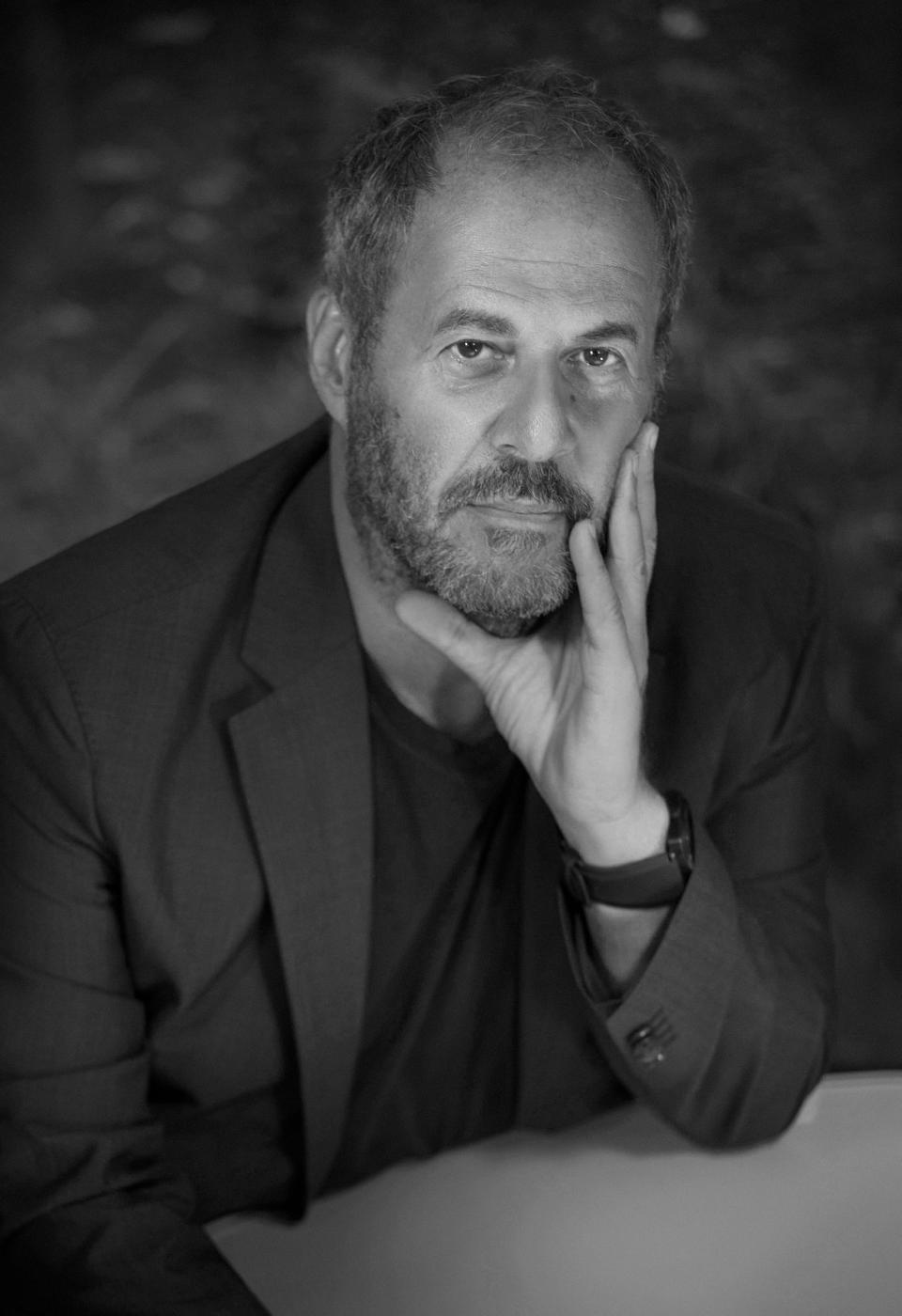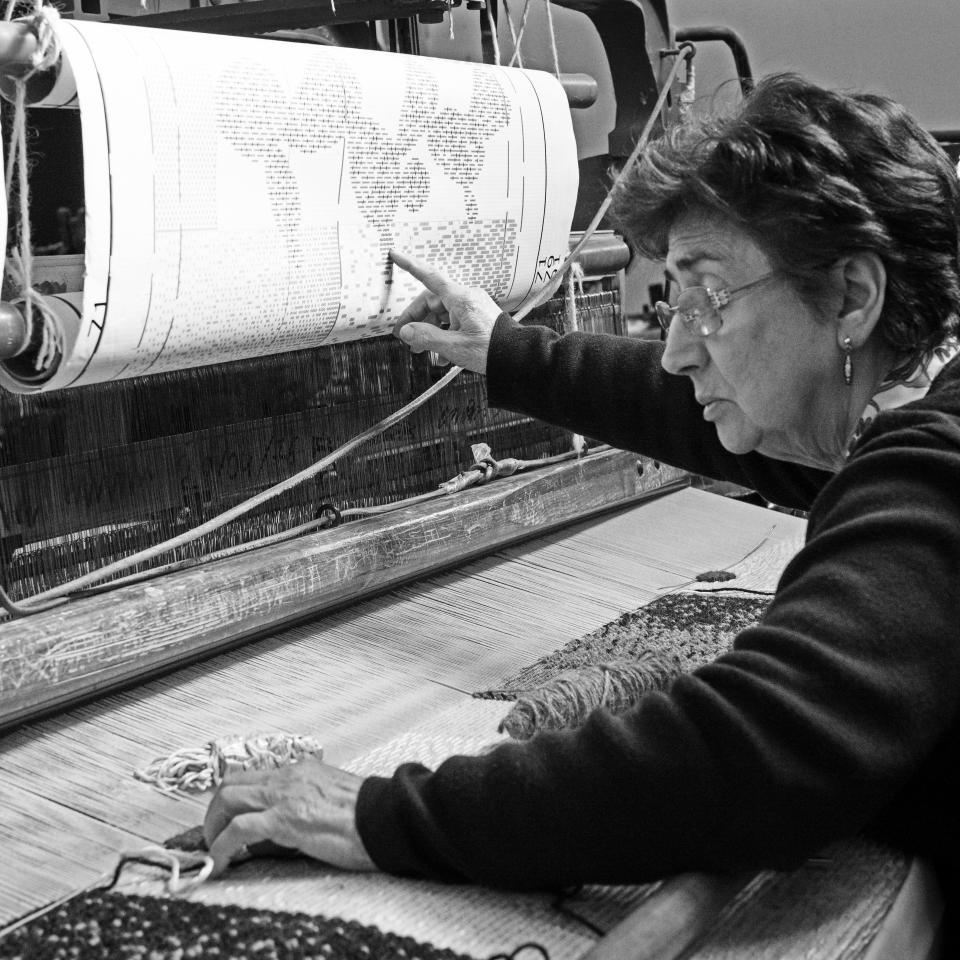Italian Pavilion at Expo 2025 Osaka to Promote Artisans, Reuse Ethos

MILAN — Born in Sicily, in and around Palermo’s layers of history, visionary sustainable architect Mario Cucinella is a firm believer that the answers to the future are found in the past.
So much so that architecture from the mysterious 15th-century painting “The Ideal City” of Urbino inspired the centerpiece and starting point for his design for Italy’s Expo 2025 Osaka Pavilion, for which he broke ground this week in Japan.
More from WWD
Bag Check: The Coachtopia Ergo Bag Is a Timeless Carry-All for Day-to-Night Wear
Radical Transparency: How Everlane's Pricing Strategy Is Built to Last
Prada Buys Fifth Avenue Store, Building and All, for $425 Million
The painting, whose origins are unknown, has survived the centuries as an emblem of Renaissance urban planning and is centered around the notion of a well-ordered city, one that promotes well-being and fair government. These are key elements that Cucinella said urbanites are still striving for to this day, as rising pollution and dwindling access to green space compromise living standards worldwide.
“The question is: ‘What will be the next city of the future?’ If you study the vernacular architecture of the past, you will see how much of a connection there is between buildings and nature. Climate is not the only issue…it’s also about culture and material,” he said, adding that the solutions to building a sustainable future are more about performance and the shape of buildings rather than technology. Natural cooling and ventilation, for example, have been around for centuries.
Urban planning isn’t the only thing that will be highlighted inside and atop the pavilion that unfolds under the theme “Art Regenerates Life.” Sustainability, craftsmanship, art, innovation and health will figure prominently, under the Expo’s umbrella theme “Designing Future Society for Our Lives.”

Inside the space the visitor experience will pay homage to the artisans that make Italian design and fashion, led by brands such as Giorgio Armani and Prada, what it is today. While no artisans have been confirmed, Cucinella pointed out the skilled work of Sardinian carpet weavers, who are among the torch bearers of ancient traditions.
Elsewhere, thematic sections will be dedicated to works of art from Italy’s regions; art and architecture; innovation, and finally, a box dedicated to the Holy See. A geometric-garden maze typical of Italian gardens throughout history will be built above the building, overlooking the sea, the horizon and a 12-meter-high promenade, along with a restaurant.

The sprawling structure, which spans more than 30,000 square feet, can be disassembled and reassembled to build a completely new structure, once the Expo is over. Over the decades the Expo has come under global scrutiny for the amount of waste it creates for just six months. But in recent years architects have worked hard to find a future for their pavilions.
Italy’s last pavilion — which was designed by CRA-Carlo Ratti Associati and Italo Rota Building Office, with Matteo Gatto and engineering firm F&M Ingegneria for Expo 2020 Dubai — incorporated reusable design into its structure with the use of organic elements such as orange peel and coffee grounds. The space was outfitted with a natural climate mitigation system that used shading, misting and ventilation to replace air conditioning. There have been non-binding talks, Cucinella said, to use the material for a cultural center on an Island off the coast of Japan.
“It’s not about recycling, but about reuse. Using the same pieces to make something else, and the concept of not creating waste, to me is more interesting. That’s the key to sustainability,” he reflected.
His design for the elliptical-shaped Unipol Group headquarters in Porta Nuova is a building whose structure naturally regulates heat and cold and is a key architectural testament to the Milan of the future.
Over the years Cucinella has worked hard to shape new minds and in 2015, he founded the SOS School of Sustainability, a practice-based academy for young professionals and recent graduates, which is now a foundation that includes Mario Cucinella Architects and Iris Ceramica Group. The school is focused on providing future decision-makers with the tools to address environmental issues with an open, holistic and research-driven approach.
Inside his sprawling Milan office abuzz with printouts of the Expo pavilion, Cucinella stressed how important it will be to interpret Italy’s cultural relevance among visitors. He expects they will hail mostly from Asian countries. In addition to the varied natural landscapes that run through the Italian peninsula, their seminal contributions to civilization should be on display. One such example, he said, is how the Romans grew the importance of the salt trade, which became so prominent for its various uses in preserving food that it was valued as a form of currency through the Middle Ages.
“Italy, you know, is more than the stereotype people have of Rome, Venice and Florence. Italy is much more than this.”
In Osaka this week, the ceremony incorporated the Shinto ritual of Kuwaire or the laying of the first stone — in which the land where the new structure will be built was “hoed” with traditional tools by the dignitaries and construction representatives present. The event was presided over by Italy’s Commissioner General Mario Vattani, Osaka Prefecture Governor Hirofumi Yoshimura, Expo Osaka Secretary General Hiroyuki Ishige, Italy’s Consul-General Marco Prencipe and other local and national representatives, who highlighted the importance of the relationship between the two Group of Seven (G7) member countries. Italy was also the first nation among 160 participants to break ground at the site. It is the only participant allowed to do so before the end of the year.
The Expo site is situated on the manmade island of Yumeshima, in Osaka Bay. The 2025 edition is expected to attract around 30 million visitors from Japan, Asia and the world between April and October 2025.

Best of WWD

